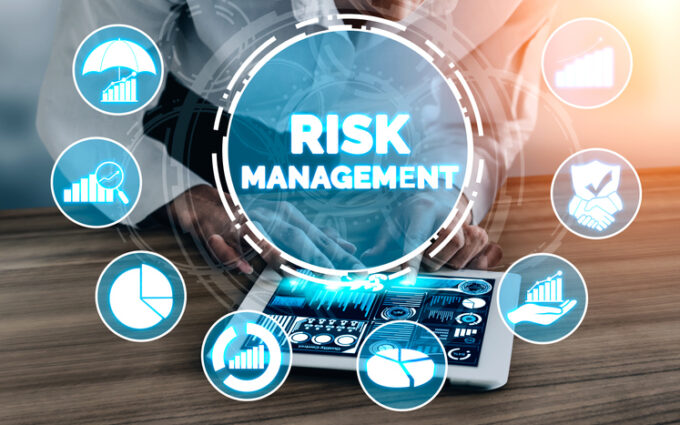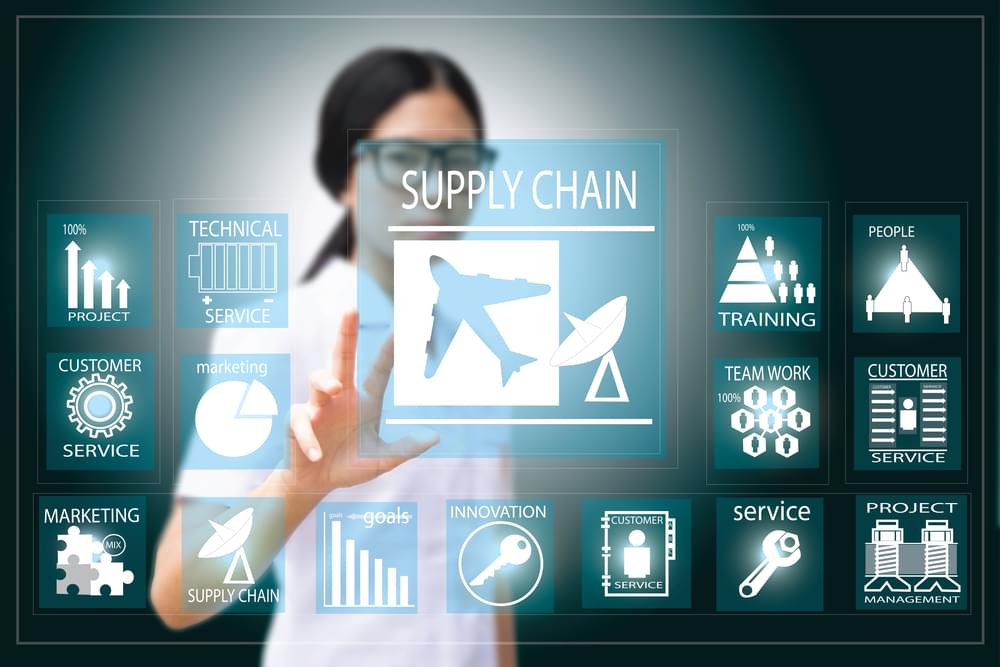In the interconnected global economy, supply chain disruptions can quickly spiral into major business crises. From natural disasters and pandemics to cyber attacks and supplier insolvencies, supply chain risks are more complex and significant than ever.
As such, Supply Chain Risk Management (SCRM) is no longer just a tactical measure but a strategic imperative. One area of SCRM that holds great potential for transforming vulnerability into resilience is the use of digital technologies. In this article, we will explore how digital technologies are revolutionizing SCRM.
Unleashing the Power of Predictive Analytics in SCRM

Predictive analytics, the use of data, statistical algorithms, and machine learning techniques to identify the likelihood of future outcomes, is increasingly being harnessed in SCRM. Predictive analytics can forecast potential disruptions based on patterns in historical and real-time data, allowing companies to take preventive action.
For instance, a company can use predictive analytics to analyze a supplier’s financial data and predict the likelihood of insolvency. Similarly, predictive models can forecast weather patterns and identify natural disaster risks to the supply chain.
Artificial Intelligence (AI): The Game-Changer in SCRM
AI has emerged as a game-changer in SCRM. From identifying and assessing risks to monitoring and mitigating them, AI can automate and enhance various aspects of SCRM.
One area where AI is making a significant impact is in supplier risk assessment. By analyzing large volumes of data from various sources such as financial reports, social media, and news reports, AI can provide comprehensive and real-time assessments of supplier risks.
In addition, AI can also enhance risk monitoring. For instance, AI algorithms can continuously monitor a company’s supply chain and flag potential issues in real-time, enabling quicker response times.
IoT and SCRM: Real-Time Risk Monitoring and Mitigation

The Internet of Things (IoT), the network of physical objects embedded with sensors and software to connect and exchange data, holds great potential for SCRM.
IoT devices can provide real-time visibility into a company’s supply chain, allowing for continuous monitoring of risks. For instance, sensors on a shipment can provide real-time information about its location, temperature, and other conditions, enabling companies to identify and address risks promptly.
Moreover, IoT can also play a crucial role in risk mitigation. For instance, in the case of temperature-sensitive goods, IoT devices can automatically adjust the temperature to mitigate the risk of spoilage.
Blockchain: Enhancing Transparency and Trust in SCRM
Blockchain, the decentralized and transparent ledger system, is another technology that can enhance SCRM. By providing a secure and immutable record of transactions, blockchain can enhance transparency and trust in the supply chain.
This increased transparency can significantly mitigate risks associated with supplier fraud and non-compliance. In addition, blockchain can also facilitate faster and more secure transactions, reducing the risk of delays and disruptions.
The Interplay of Cybersecurity and SCRM

As supply chains go digital, cybersecurity has become a significant part of SCRM. Cyber-attacks can disrupt supply chain operations and lead to significant financial and reputational losses. SCRM strategies should thus incorporate robust cybersecurity measures to safeguard digital assets.
These may include secure data encryption, multi-factor authentication, regular security audits, and employee training on cybersecurity best practices. Additionally, technologies like AI can aid in detecting potential cyber threats and responding swiftly.
Human Factor: Training and Awareness in SCRM
While technology plays a critical role, the human element should not be overlooked. A chain is only as strong as its weakest link. Even the best technology can fall short if the people managing the supply chain aren’t trained to anticipate and manage risks.
Companies should invest in regular training programs to keep their teams up-to-date on the latest in SCRM. This includes educating them about potential risks, teaching them to use the latest digital tools, and fostering a culture of risk awareness.
Digital Twins: The New Frontier in SCRM

Digital Twins – virtual replicas of physical systems – are the new frontier in SCRM. They can model complex supply chains and simulate the impact of potential risks, enabling companies to test their mitigation strategies before implementing them.
By providing a virtual sandbox for SCRM, digital twins can save companies time and money, enhance their risk response strategies, and ensure business continuity even in the face of disruptions.
The Role of Big Data in SCRM
The role of big data in SCRM cannot be overstated. With the ability to process and analyze vast amounts of structured and unstructured data, big data technologies can uncover hidden risks and provide valuable insights.
However, to fully leverage big data in SCRM, companies must have the right data management strategies in place. This includes data quality assurance, data privacy and security measures, and the integration of disparate data sources.
The Road Ahead for Digital SCRM

As we look ahead, the role of digital technologies in SCRM is set to grow. Innovations like machine learning, blockchain, IoT, and digital twins will continue to reshape SCRM, enabling companies to better anticipate, assess, and respond to risks.
However, it’s important to remember that technology is only part of the equation. A successful strategy requires a holistic approach that combines technology with people and processes – an example being the Exiger SCRM solution. It includes investing in the right technology, training people to use it effectively, and integrating it into existing processes.
The road to digital SCRM may be complex, but the rewards are worth it. By harnessing the power of digital technologies, companies can transform their supply chains from a potential vulnerability into a source of resilience, agility, and competitive advantage. So, let’s embrace the digital revolution in SCRM and turn the challenges of today into the opportunities of tomorrow.










